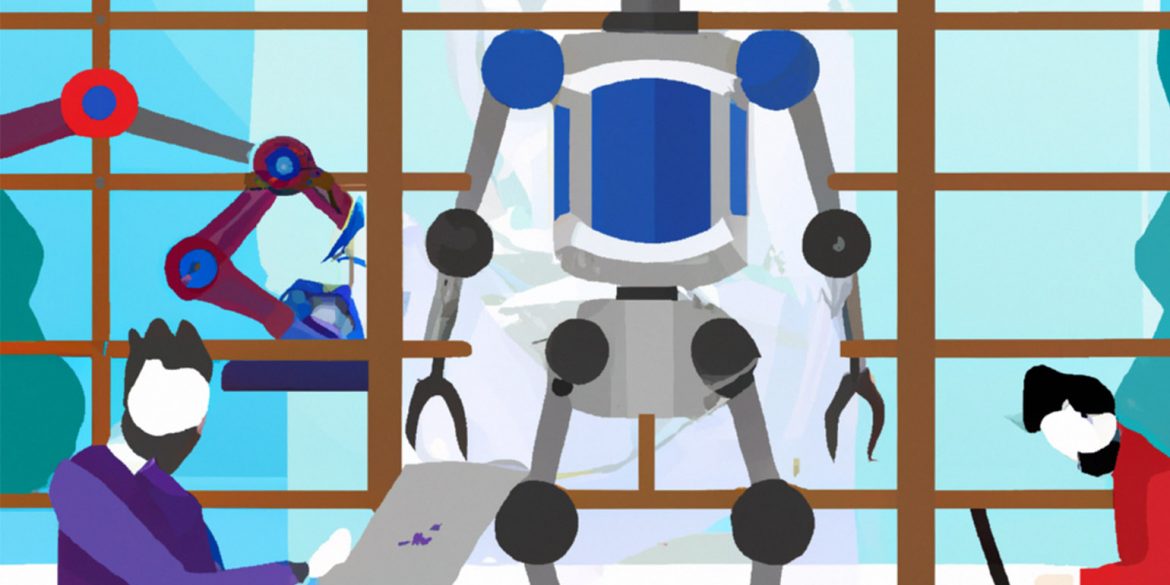When the history of art is written—in all probability by AI—2022 will be the year when AI pushed a whole lot of illustrators and commercial artists off the bench. Open AI introduced DALL-E two years ago, on 5th Jan 2021. According to Venturebeat, the artist Salvador Dali and the robot WALL-E inspired the name DALL-E. “We have trained a neural network called DALL-E that created images from text captions for a wide range of concepts expressible in natural language,” stated Open AI in a blog titled ‘DALL-E: Creating Images from Text’, on 5th January, 2021. Since then, it all advanced at a lightening pace.
By 2022, rise in new techniques like diffusion models brought the cost of computing substantially down. DALL-E2 also embraced diffusion models, and the level of precision, sophistication and accuracy in results when compared to DALL-E were mind-boggling (mostly without hyperbole). Long story cut short, by mid-2022 AI applications like Stable Diffusion, Craiyon, DALL-E2 and Midjourney were producing stunning paintings, illustrations and photo-realistic artworks based on text cues.
Today, a regular Twitter or Instagram user resurrects Andy Warhol, employs Hayao Miyazaki’s style to his imagination, invokes Van Gogh’s post-impressionism or imagines ancient civilisations, kings and queens through AI. The cliché holds true here, the possibilities are endless.

Signature style and Generative AI
A cringe question that all artists and illustrators have been asked at least a dozen times is about their signature style. Irrespective of their answers, the most successful illustrators are known for inventing and mastering a style. Clients commission them for it. Often, the signature style is a big part of the illustrator’s identity. “Your past work is the reason they come to you,” says illustrator Karan Singh, known for working with some of the best brands.
AI like DALL-E2 has been trained on mountains of art-related data to identify patterns and styles. All the paintings, artworks and the entire art history ever has been encoded on the AI models that generate art based on styles, patterns and themes that the artists have given their lives to. Recreating a visual style, it turns out, is a signature dish served by Generative AI. It is only a matter of time for AI to swallow up the works of living artists and illustrators and produce their variations. In a blink, AI will gobble up the works of an artist, take in its patterns and style, and in a few moments, generate similar work. Perhaps it’s a useful assistant for artists who feel limited by their own style, or for commercial artists who need a lot of variations for big projects.
Most of the commercial artwork doesn’t depend on the most gifted genius. Most brands are not signing the most brilliant artists or illustrators or designers for their campaigns. They just hire to get the work done.
Human agency vs human creativity
The argument is often that the AI cannot function without human agency. But the question is — where does this human agency factor in?
Jason Allen won the first prize in the Colorado State Fair annual art competition under the “Digital Arts/Digitally-Manipulated Photography” for his work, Théâtre D’opéra Spatial. He later revealed that the work was created by Midjourney. Jason spent over 80 hours, and went over 900 iterations to arrive at the winning work. While impressive, is that the kind of work that illustrators, designers and artists strive for—sitting across a screen and reworking descriptions that would generate the satisfactory artwork. In this scenario, the artist is transformed into the client creating and recreating a project brief that AI is responding to. And do you really need an artist or illustrator for this job? No, you don’t.
Generative AI art cannot and will not deter the human spirit to explore human creativity through art, but it is irrevocably deterring the careers and prospects of commercial artists.
Another argument that pure human originality can never be replaced by AI is not flawed but mostly irrelevant when considering commercial art space. Most of the commercial artwork doesn’t depend on the most gifted genius. Most brands are not signing the most brilliant artists or illustrators or designers for their campaigns. They just hire to get the work done. There is a concertmaster, and there is no reason for him/her to prefer human creativity over “artificial creativity” if it is all in tune with the composition. You need a couple of outstanding players, but the rest of the choir is, well, replaceable.
Every generation has and will have outstanding artists; some transform the way we perceive art and the world. Generative AI art cannot and will not deter the human spirit to explore human creativity through art, but it is irrevocably deterring the careers and prospects of commercial artists.

Who will use AI art
We may think that projects with no money, publications with ever-shrinking budgets or unknown-unnamed design agencies will rely on AI, but it’s already proving to be wrong. Just a few months ago, well-known design studio &Walsh designed an identity for an Instagram influencer called Isodope. The results were quite impressive.
Generative AI is a super tool for design and branding studios like &Walsh and those raving about AI being a powerful tool for creative work are of course right. For projects like Isodope designers and machines work in tandem to deliver the best results within the deadline. But for image creators—photographers, illustrators, image-editors, logo designers—especially in the starting and mid career roles, the toughest competition has arrived. Of course they are not losing their jobs tomorrow. We have seen many inaccuracies and goof-ups by AI in creating human limbs or facial expressions. But let’s not forget that generative AI has arrived less than a year ago, and this technology is developing at break-neck speed. The pace of evolution of DALL-E to DALL-E2 was a huge surprise for Aditya Ramesh, creator of the former and co-creator of the latter.
It’s an excruciating process that makes an artist. To invoke another cliché, the only way out is through. After all, we will need the most scintillating human creations for the AI to feed on.
Human-AI relationship
The technology-human relationship is ancient, hostile and unimaginatively linear. Technology betters what humans do. Humans resist and protest against technology; they lose their livelihoods. But even the most simple-minded or irrational among us can see the logic—generative AI is better, cheaper, and will take over. Humans have been able to find their way, and they always will. Perhaps that is the foundation of human intelligence. Or has been till now.
The most advanced AI generative models are actually in text. Twitter threads, articles, jokes and social media posts are all being written using AI as you read this human-typed article.
Developing ideas or, dare I say, recognisable styles need time, labour, probity, and contemplation. Many illustrators work on their personal bodies of work, while taking up client projects to keep the lights on. The tedious, drudge work is part of the creative journey, at the end of which only one or two create something so powerful and dazzling that it reflects human originality. It’s an excruciating process that makes an artist. To invoke another cliché, the only way out is through. After all, we will need the most scintillating human creations for the AI to feed on. There’s always going to be an appetite for human creation, though human-made will become a niche. The run-of-the-mill, average work (which includes a lot of commercial works that pay the bill) will be taken over by AI in years to come.
The most advanced AI generative models are actually in text. Twitter threads, articles, jokes and social media posts are all being written using AI as you read this human-typed article. With time, their results will get more sophisticated and natural. We may soon see that copywriting for websites, newsletters, social media posts etc. will be automated. Generative applications are being designed so everything from legal contracts, agreements and MoUs to scripts and novels will be written by AI. Well, who knows by the end of this year, an AI will replace me in this column, or has it already?
***
 Preksha writes about things that intrigue her, and Indian design is on top of the list. She lives between Italy and India (not in Iran).
Preksha writes about things that intrigue her, and Indian design is on top of the list. She lives between Italy and India (not in Iran).

